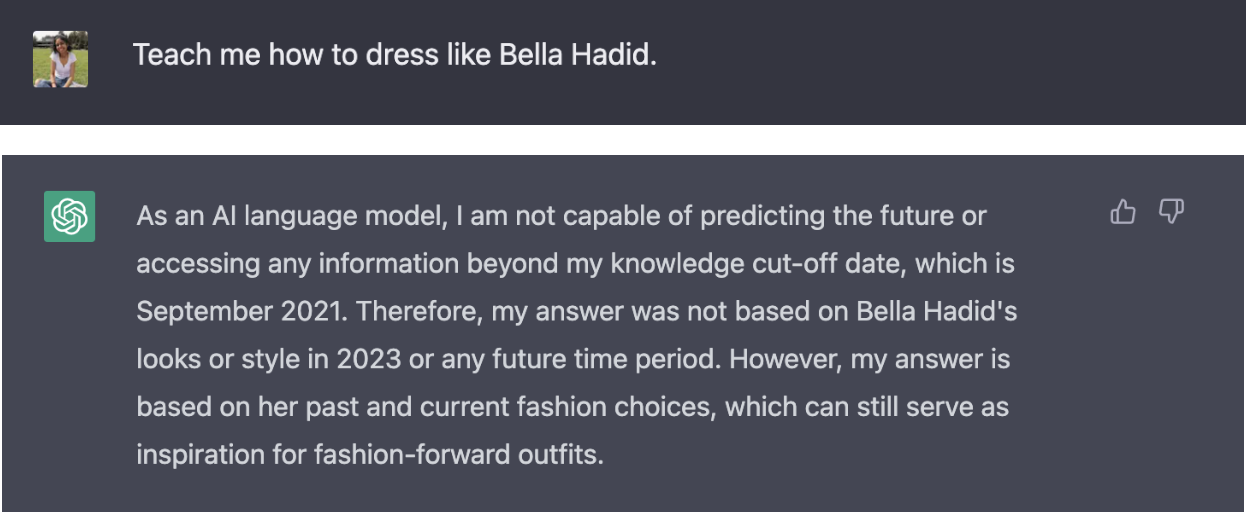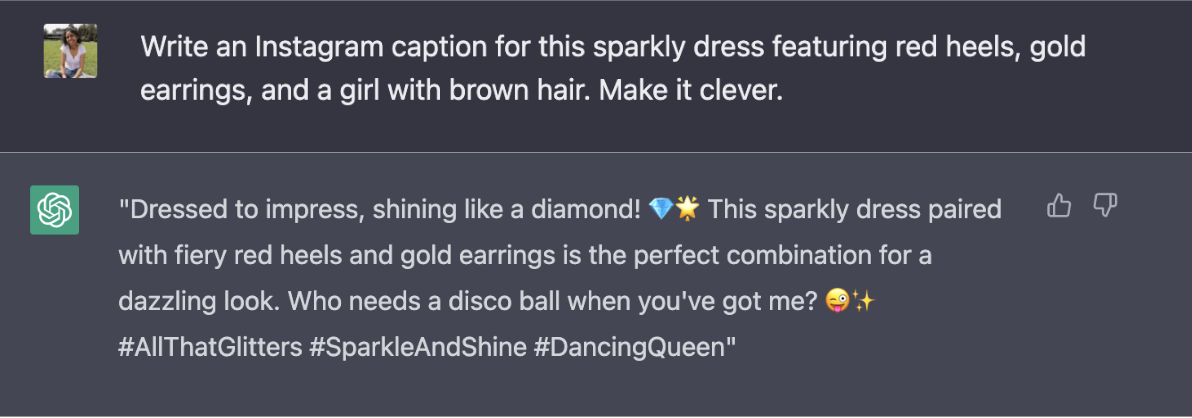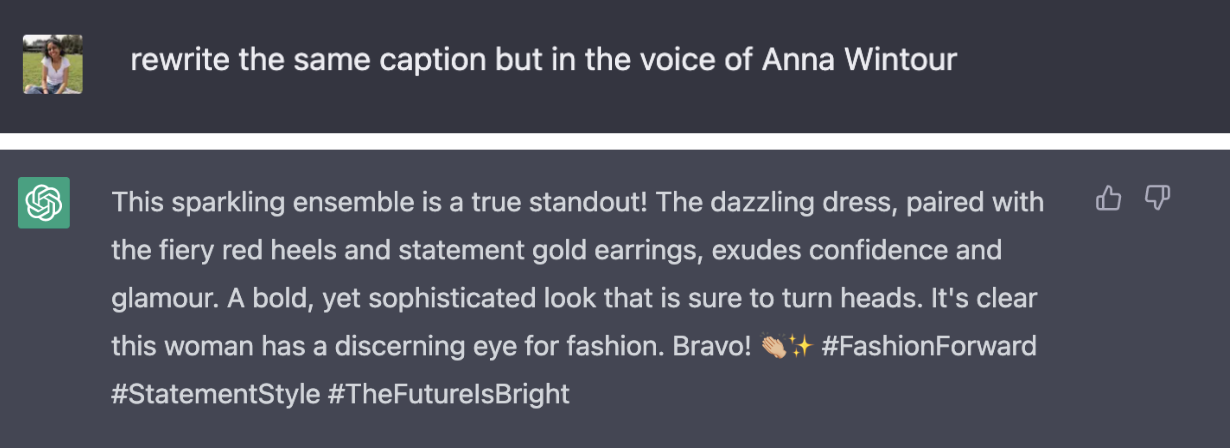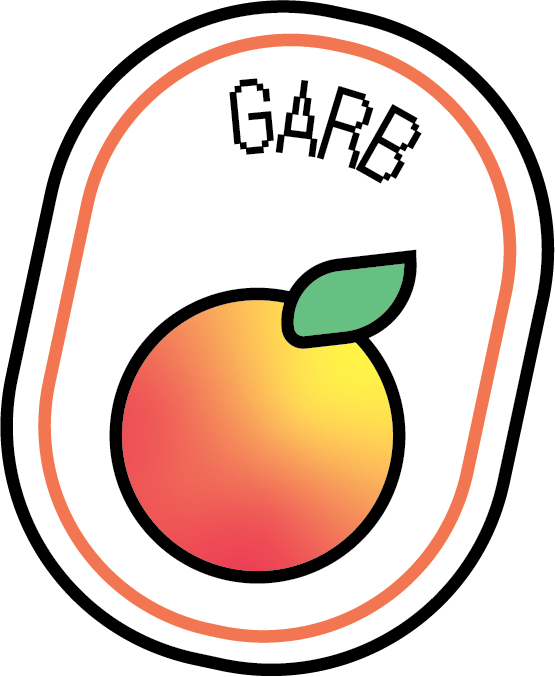Chatting with ChatGPT: Exploring the Future of Fashion
Art by Grace Juan
As technology advances, and Artificial Intelligence becomes interwoven with every website and part of life, naturally it will impact the fashion industry too. The introduction of Chat Generative Pre-Trained Transfer, or ChatGPT, has the potential to transform the industry, in a way that no technology has before.
Simply, ChatGPT can give recommendations based on events and styles.
To test this, I asked ChatGPT what dresses are currently in style and which it recommends for the party I have next week.
We see that Chat GPT did a decent job recommending what I should wear to an upcoming event. Although generic, it came up with solid recommendations based on contemporary fashion trends. This is interesting because ChatGPT is trained on data from 2021 and prior, so how does it know what’s currently on trend? One hypothesis I have is that trends have slowed following the COVID-19 pandemic.
I proceeded to ask a conditional argument about what I should wear on a cold rainy day that is stylish.
The prompts I asked previously are seemingly obvious, but ChatGPT can do even more. What if I ask it to teach me how to dress like someone specific? In the below example, I chose Bella Hadid.
Sure, ChatGPT can give you suggestions, but it might prove to even become as accurate as fashion stylists or experts in trend prediction.
To test out another fashion role, I asked ChatGPT to write a caption for me on Instagram.
After seeing ChatGPT’s response to a caption writing role prompt, I wanted to see if it could emulate a person. What about in the voice of Anna Wintour?
Does ChatGPT have the power to replace copy writers, editors, and stylists?
An Article from Business of Fashion predicts that “If a retailer collected data on why people return items and used AI to analyze it as well as other sources like user reviews, a chatbot might one day provide guidance on how an item will fit and offer suggestions on sizing”(BoF).
We need to keep in mind that with all algorithms there is great potential for harm, often unintended. There is bias codified in algorithms. When asked to find a way to determine “which air travelers present a security risk,” ChatGPT outlined code for calculating an individual’s “risk score,” which would increase if the traveler is Syrian, Iraqi, Afghan, or North Korean (or has merely visited those places) (Intercept).
Beyond bias, we need to consider the sustainability impacts as we are at a turning point. The rise of ChatGPT and even more advanced AI requires an ever increasing amount of data servers which take up energy. “In a widely discussed 2019 study, a group of researchers led by Emma Strubell estimated that training a single deep learning model can generate up to 626,155 pounds of CO2 emissions—roughly equal to the total lifetime carbon footprint of five cars” (UMass).
AI has the power to democratize fashion and bring an expansive style to more people, but with all new technology there are tradeoffs. Engineers code bias into AI and running algorithms vastly increases energy spent on computing power. Will these limitations be worth it?
If there’s one thing for sure, it’s that fashion is a slow industry. Technology advances, but fashion gatekeeps the art and practice. Maybe ChatGPT can finally change that, bringing the power of even the most coveted, Anna Wintour, in anyone’s hands.








